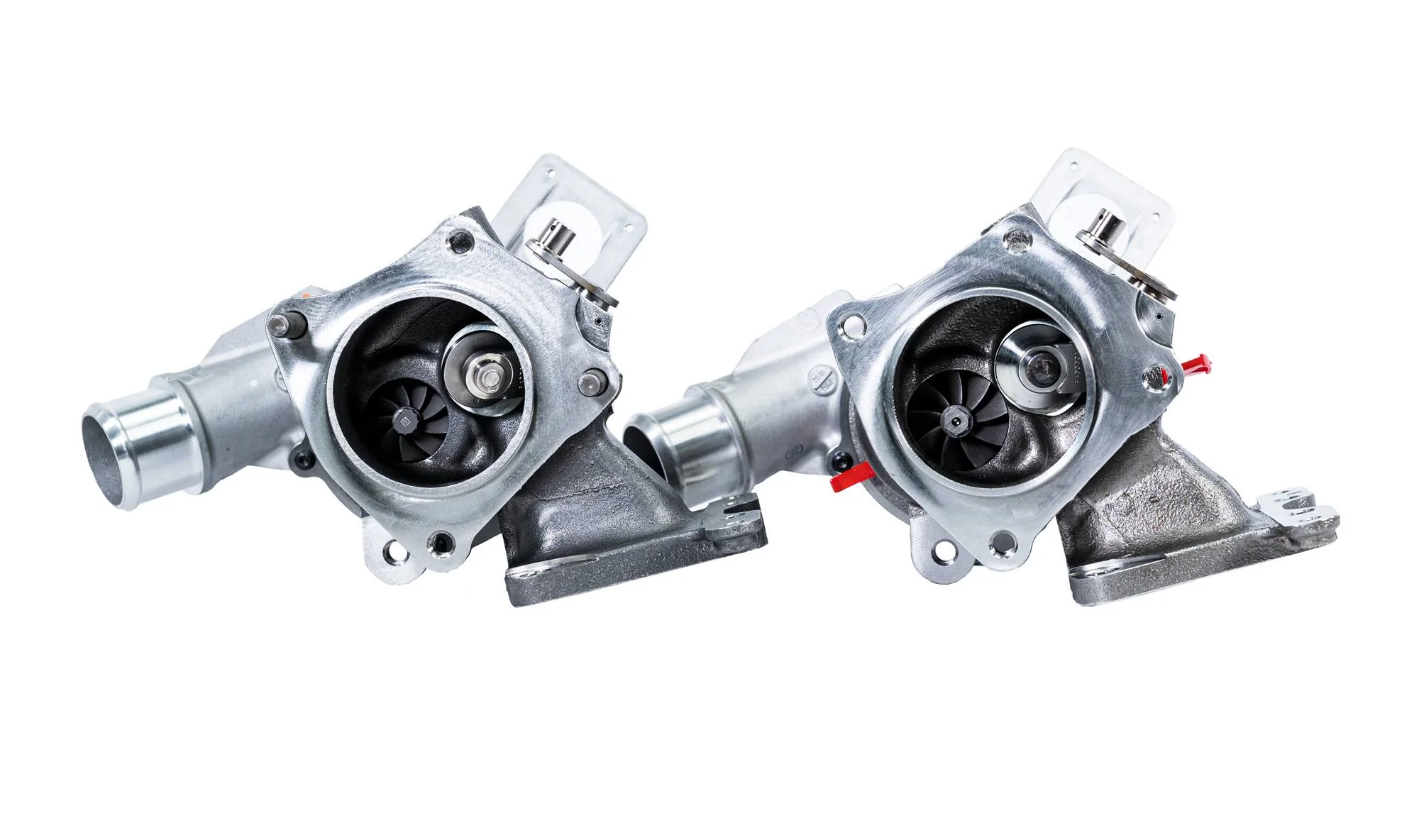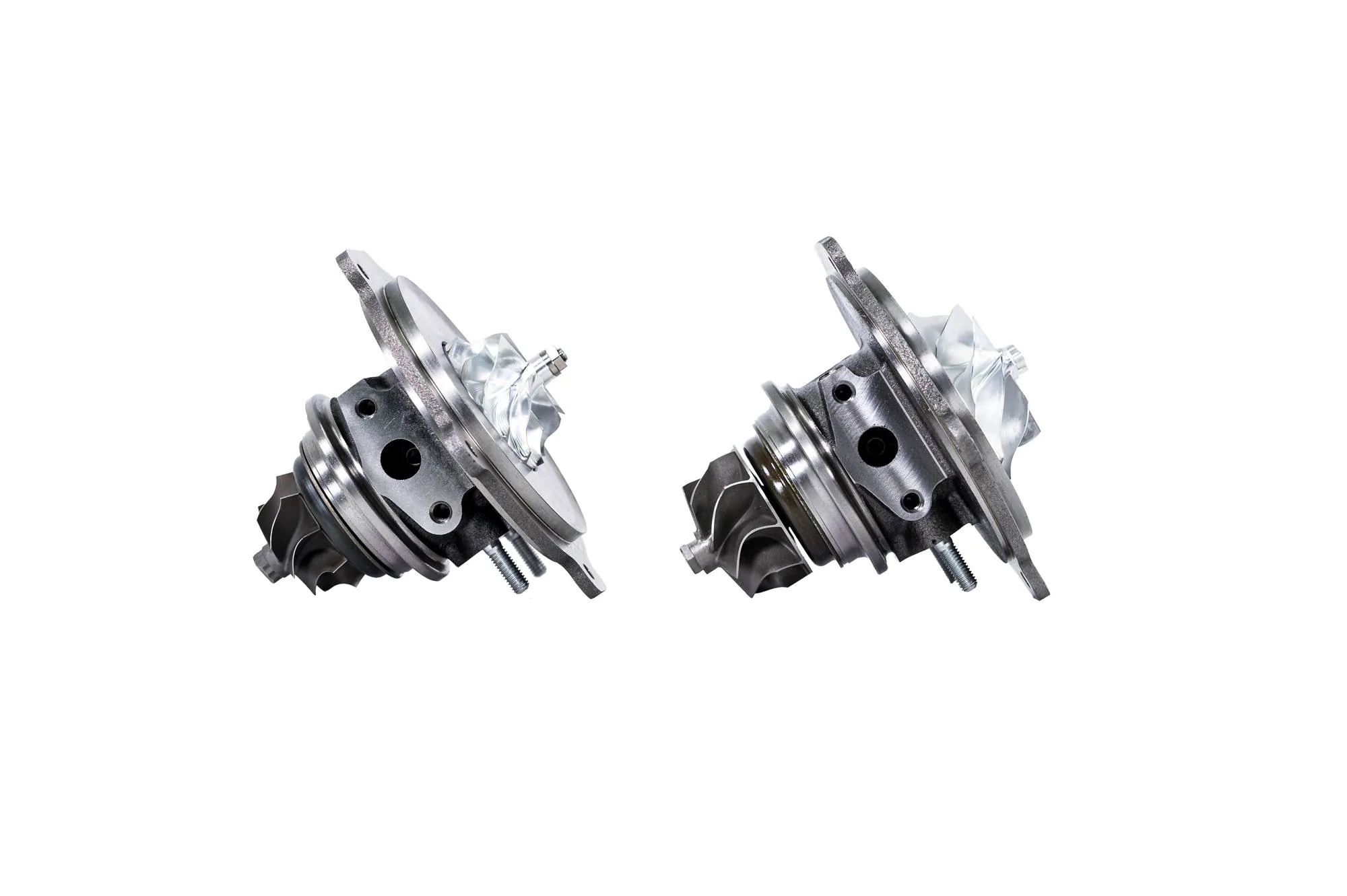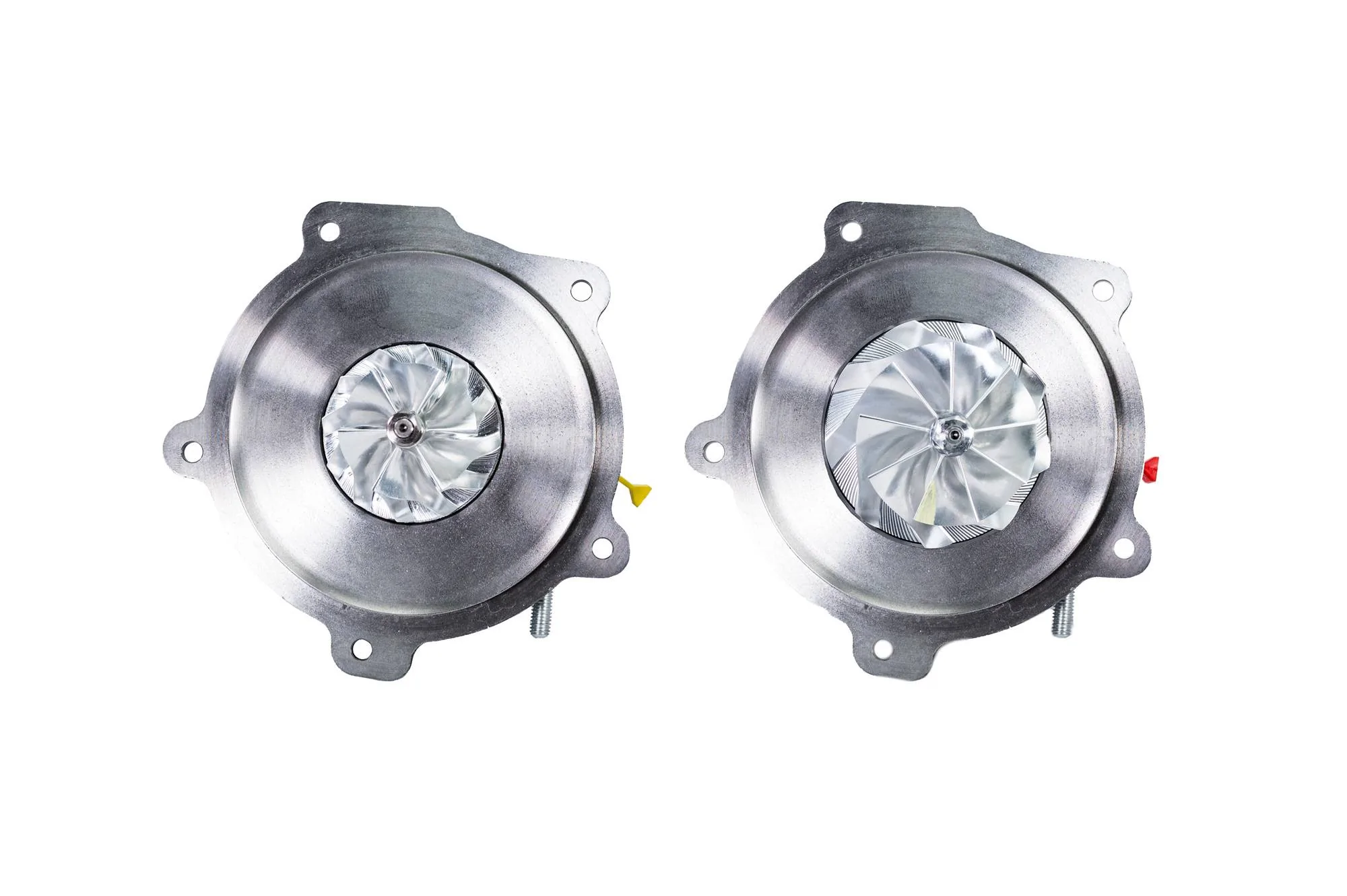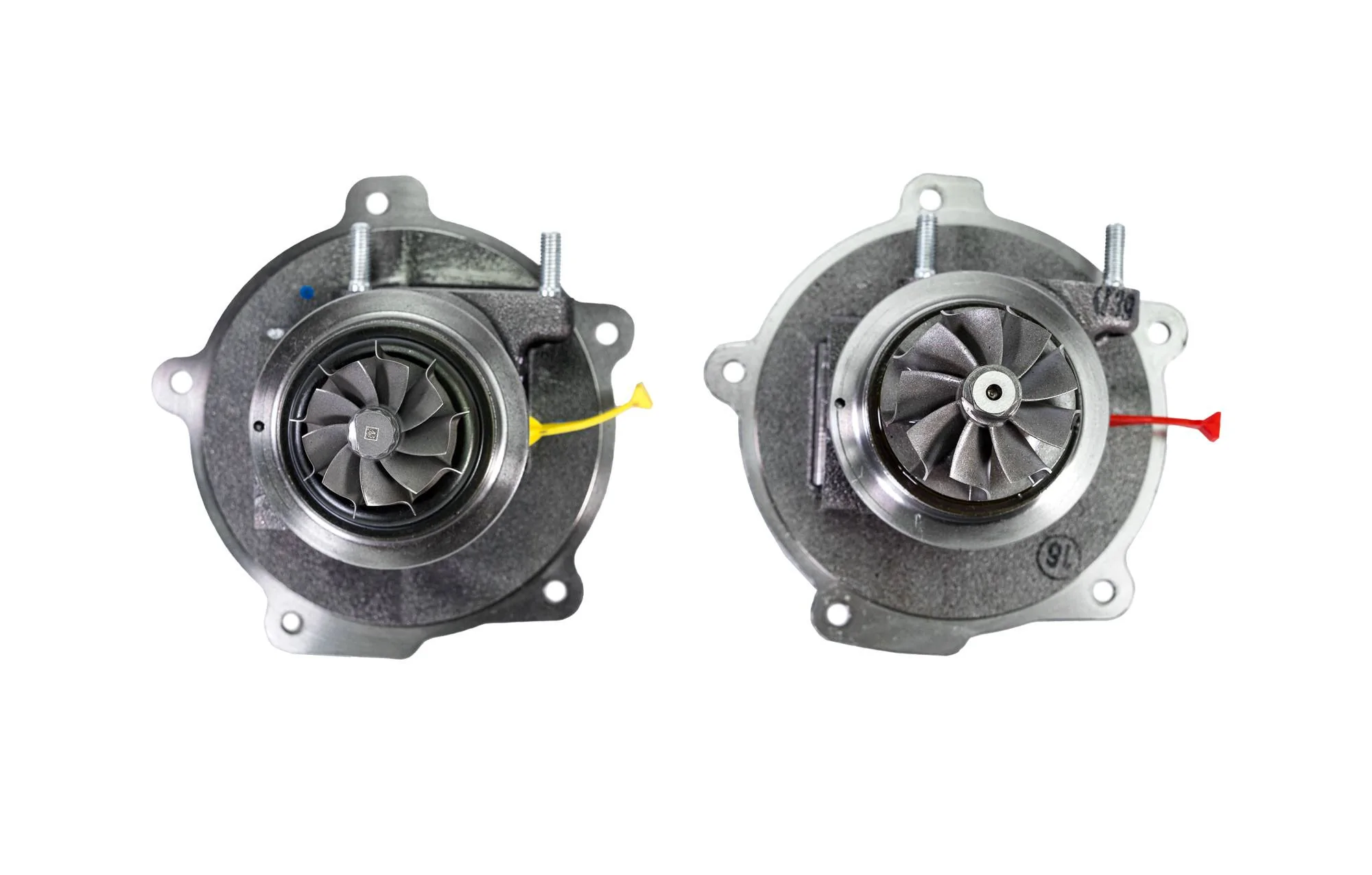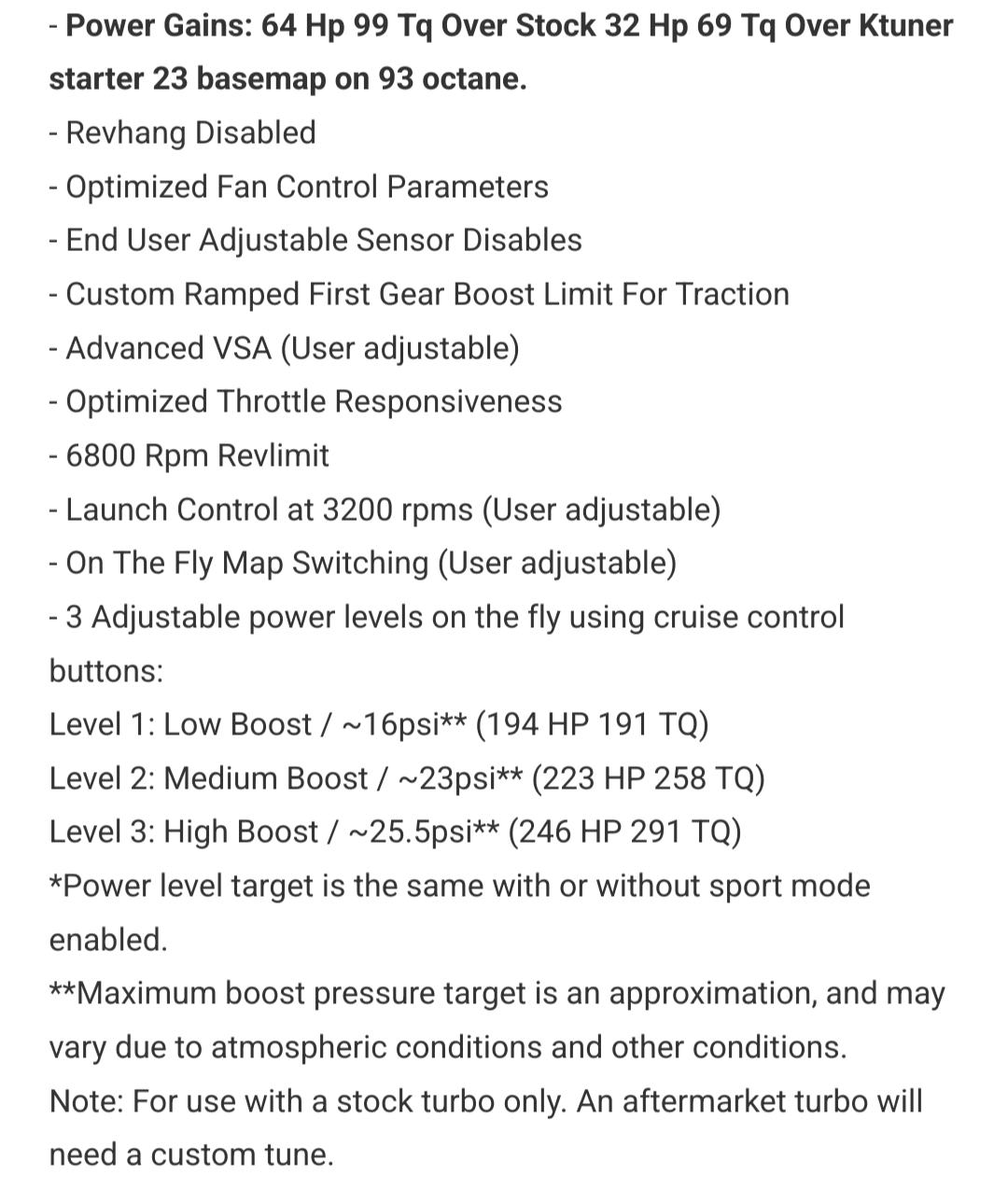PRL Motorsports
Premium Performance Products
- Joined
- Jan 26, 2017
- Threads
- 11
- Messages
- 592
- Reaction score
- 19
- Location
- Export, PA
- Website
- prlmotorsports.com
- Car(s)
- 2017 Civic Si, 2016 Civic EX-T, 2018 Type R
- Thread starter
- #1
A while back we begin development in a drop-in turbocharger for the L15CA. Today we are finally ready to begin testing and discuss what our team has come up with thus far. Here's a sneak peak at our 11th Gen Honda Civic drop-in turbocharger upgrade. More details and pictures to come in our blog post this Friday, stay tuned! 



Sponsored


